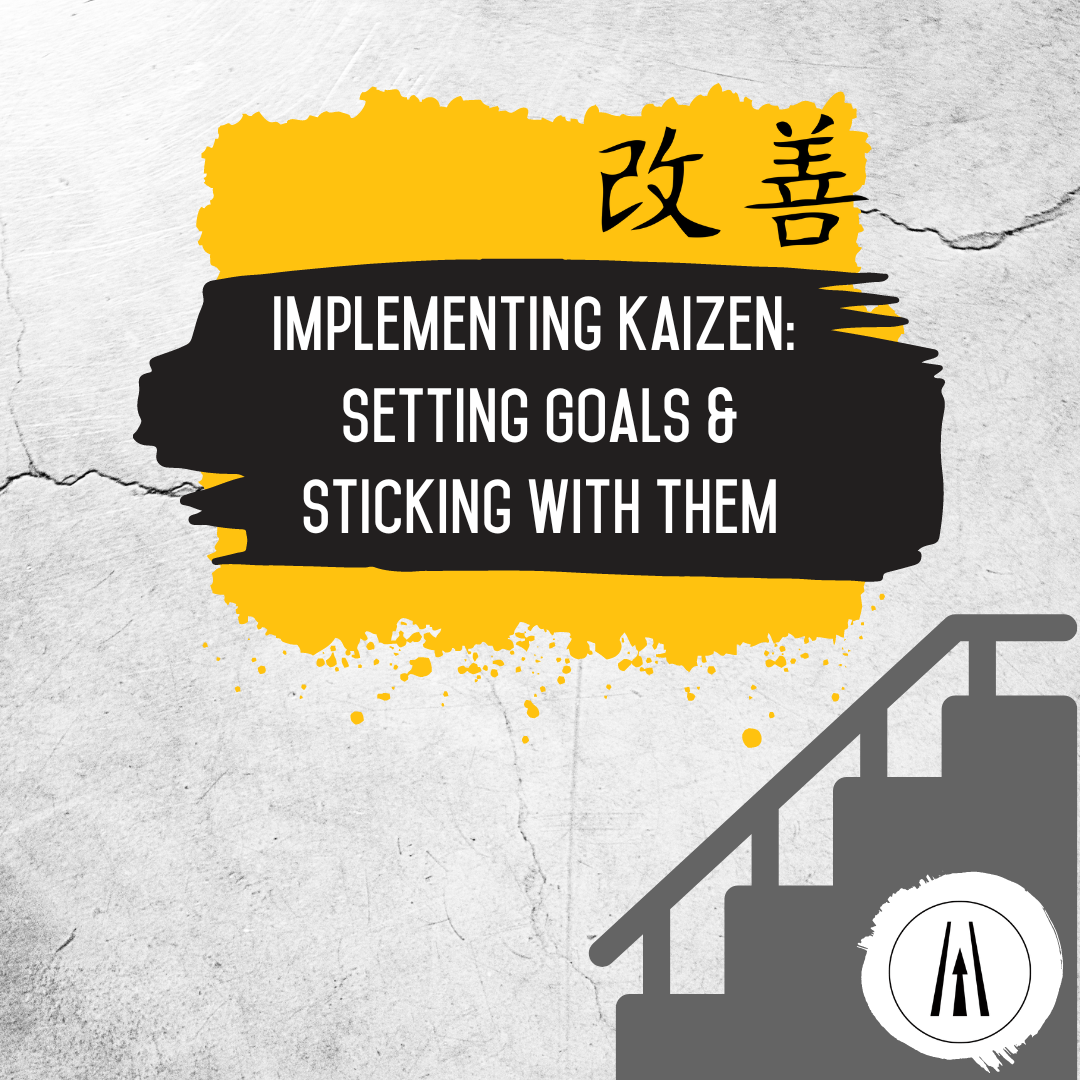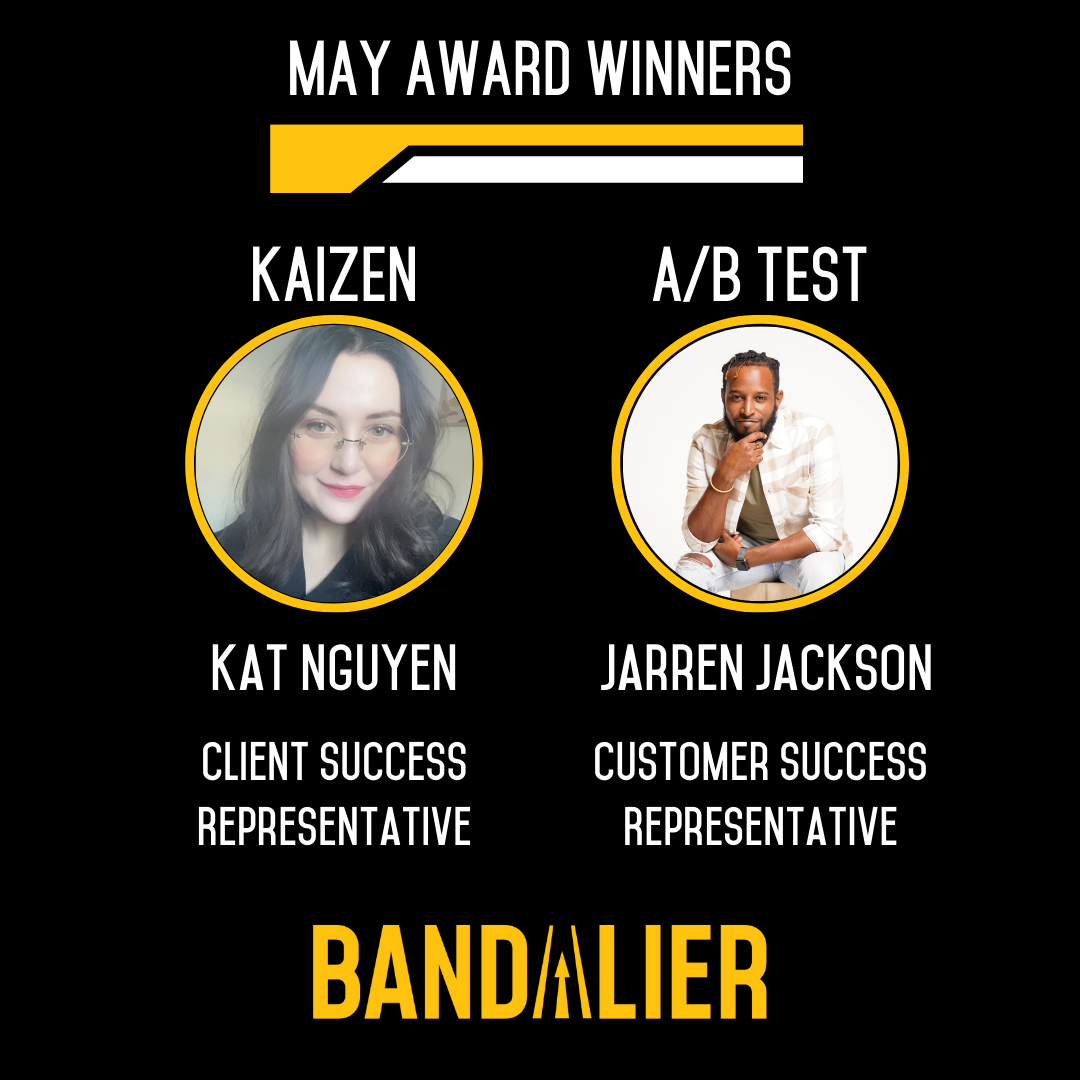Kaizen Goals
With the turn of the year, everyone has new goals on their mind. Whether they’re setting personal resolutions or finalizing new business initiatives, everyone is making plans for 2023. At Bandalier, we have plenty of practice setting goals – our culture of kaizen encourages our team to find opportunities to improve each week. Over time, those little changes create dramatic improvements. Kaizen isn’t about sweeping changes – everyone knows that those aren’t likely to stick. Instead, we’re looking for ways to build better habits. As the new year begins, what better time to take a deep dive into the structure of kaizen?
SMART Goals
Before we get into the details of kaizen, it’s important to understand how Bandalier’s team members structure their goals. SMART goal-setting has been highly effective (and very popular) for our team. SMART goals are:
Specific
Measurable
Achievable
Realistic
Time-sensitive
One easy example can be made for the most common New Year’s resolution – to “exercise more”. But that goal is vague and easy to let slide by as the year goes on.
Instead, make it SMART: “Have a consistent calisthenics routine in place by February 1st, and add 5 reps to each exercise each week after that.”
For our outsourced sales team members, their SMART goals might be framed around getting a certain number of successes each week or each month. For outsourced customer service teams, it can be more effective to set qualitative goals – such as increasing customer satisfaction or practicing de-escalation techniques.
Identify
What area do you want to improve in? What’s driving your desire to improve? At the end of your kaizen test, how much of a change would you like to see?
Before you start working toward your new goal, make sure you know what you want out of the process! Our team members have tested everything from new ways to use their tech stack to exercises that might help them skip the mid-day slump. Whether you’re moving your mouse or your body, make sure you know what you hope to accomplish with your kaizen pursuits.
Plan
Now you know what you want to change – how are you going to go about it? How long will you run this test? What will you change, and how quickly?
Setting a clear plan for your kaizen goals makes them easier to implement. Knowing how to follow your goals is one of your first steps to achieving them!
Measure
Small changes can be easy to skim over. Make sure you track your progress and appreciate it! During your planning stages, it can be useful to define the metrics that you’ll use to measure your progress toward your kaizen goal. We usually recommend that team members spend at least one week testing their kaizen.
Reflect
After you’ve reached your goal, take some time to reflect on it. Sometimes, your kaizen goal might not work exactly how you’d hoped. In the past month, almost 40% of the Bandalier team’s kaizen goals weren’t entirely helpful – and that’s okay! It’s important to recognize what doesn’t work for you. Keep an eye on your metrics as you run your kaizen test, and if the returns aren’t there, pause your test. Don’t be afraid to set a test aside if you’re seeing negative results.
Build
Now that you’ve run one successful (or unsuccessful) kaizen test, keep it in mind as you continue growing. Use that experience to form your next kaizen goal, and build off of what you’ve learned. Over time, the changes you test will help you build your best experiences!














